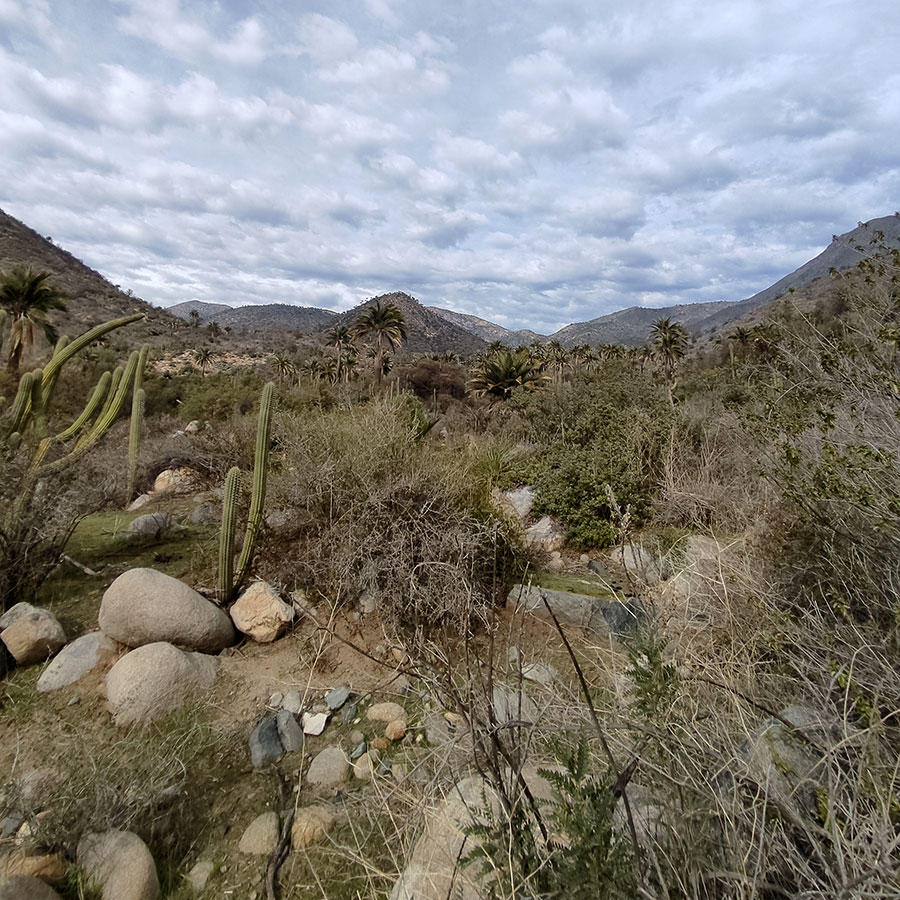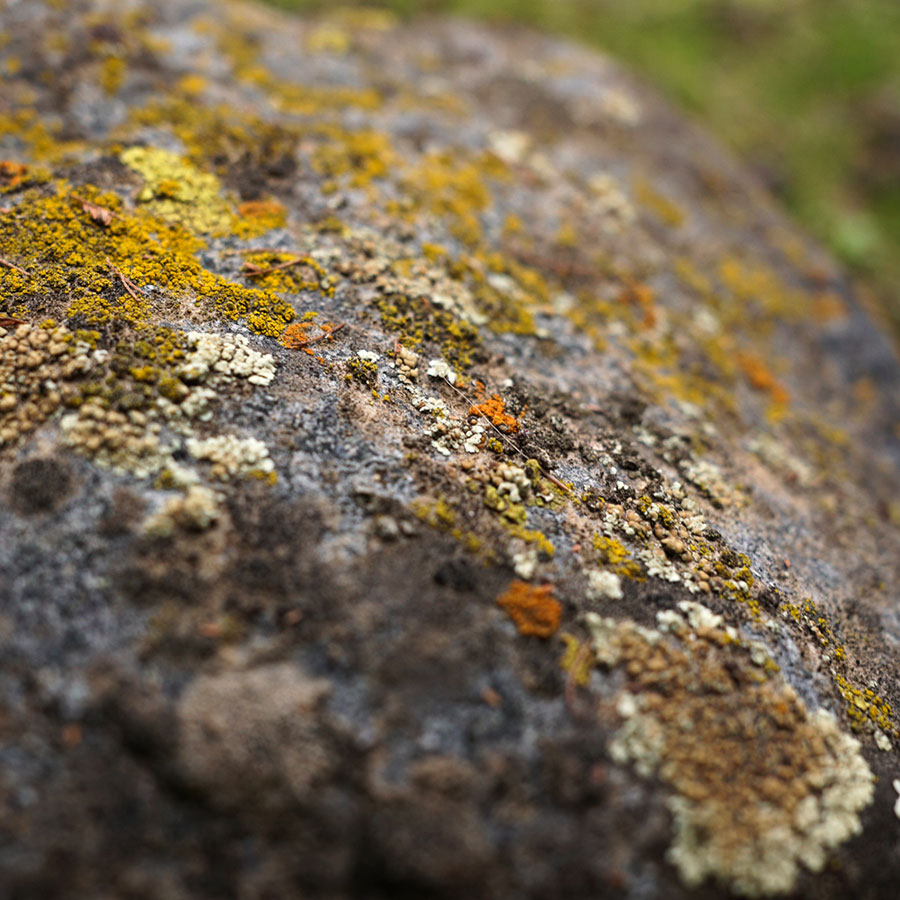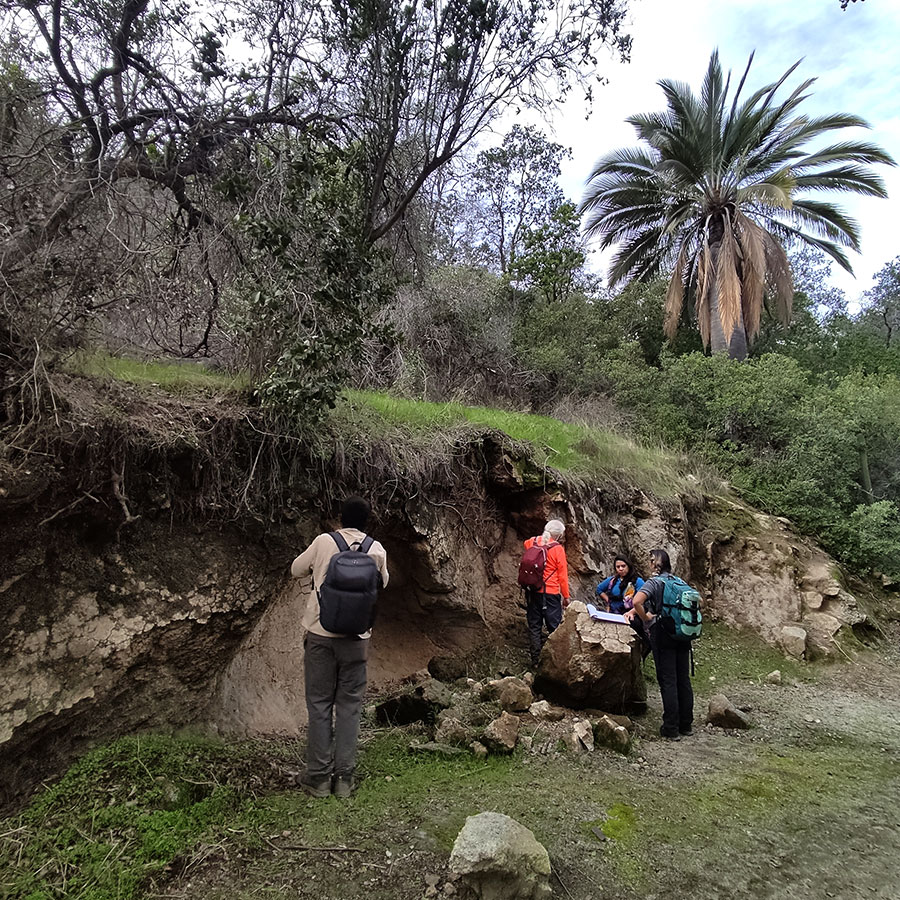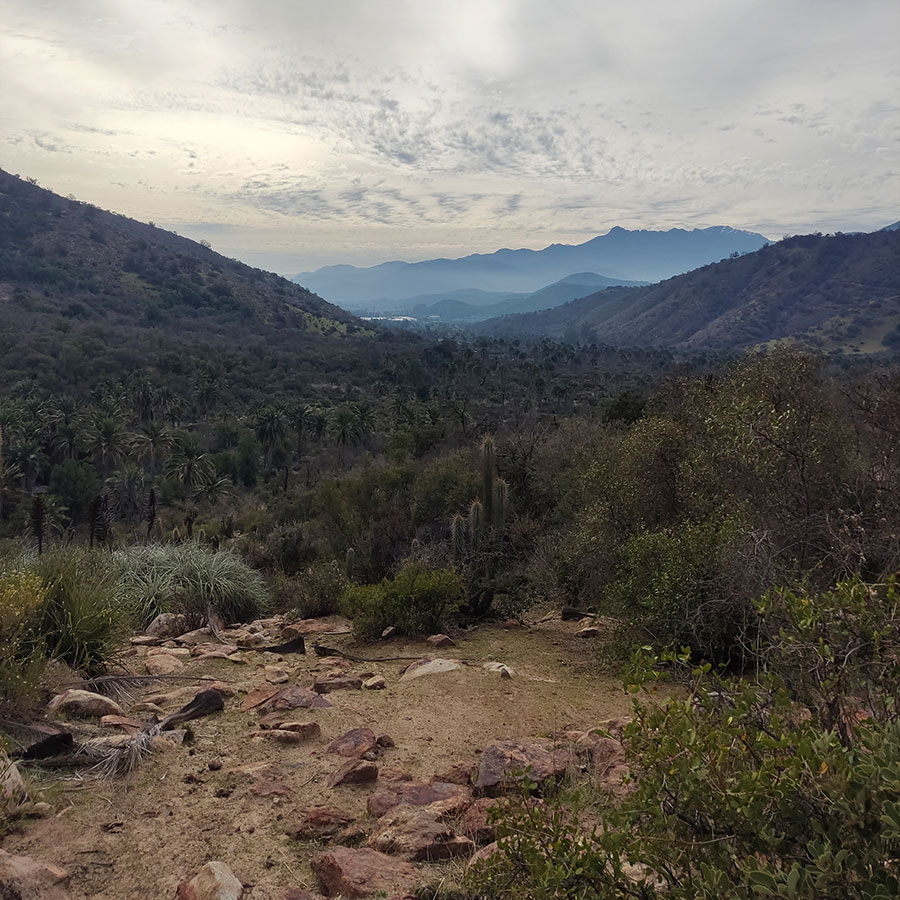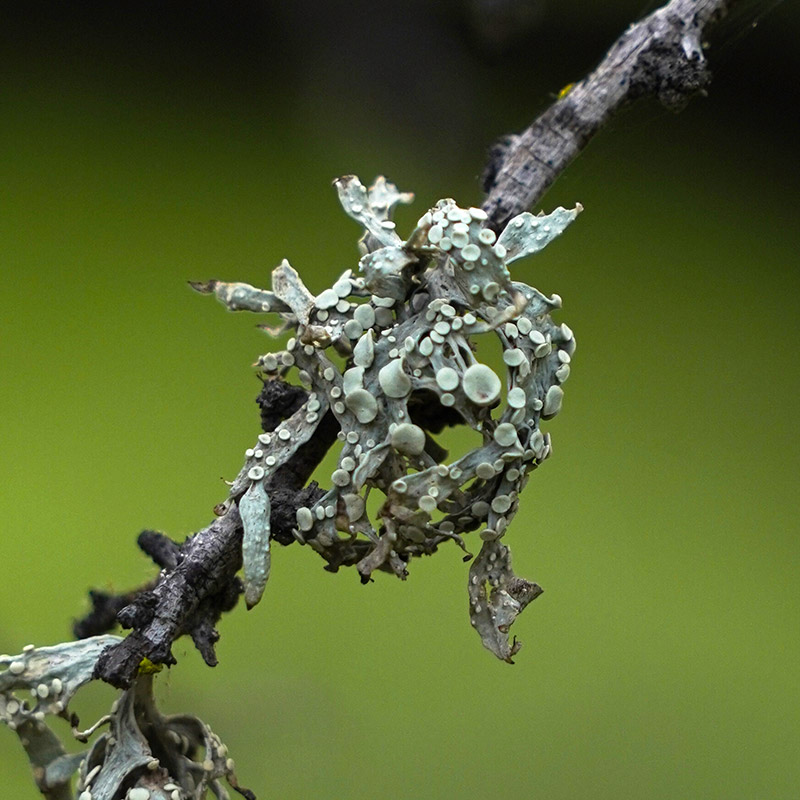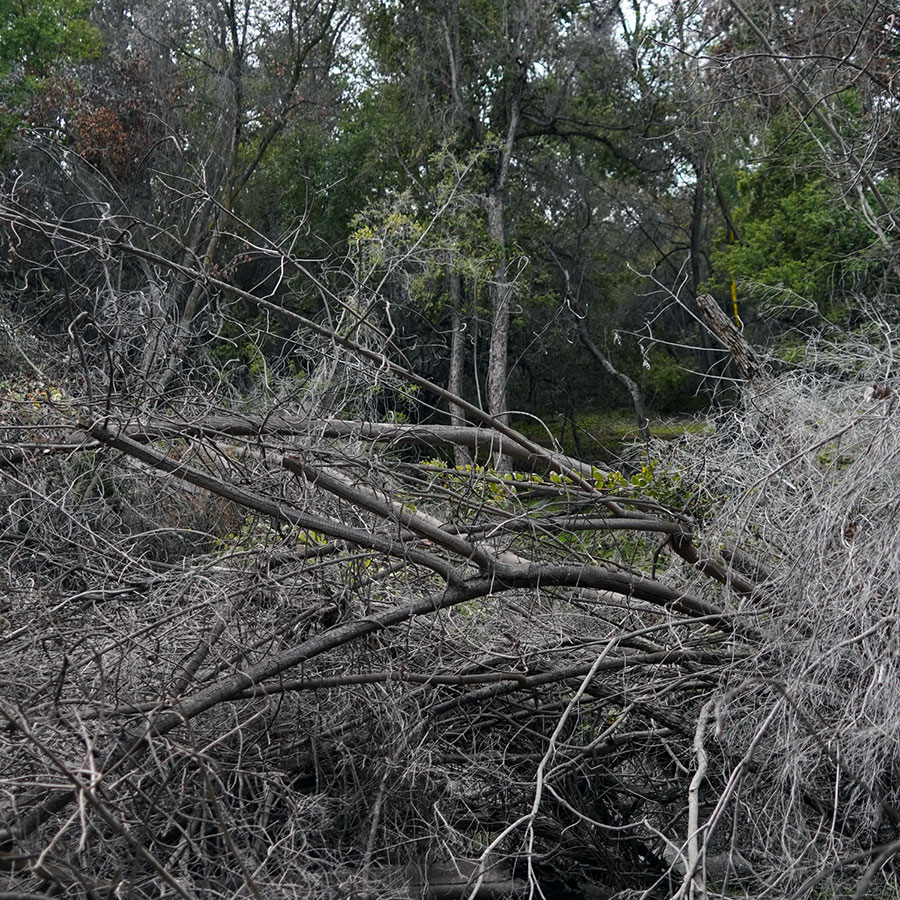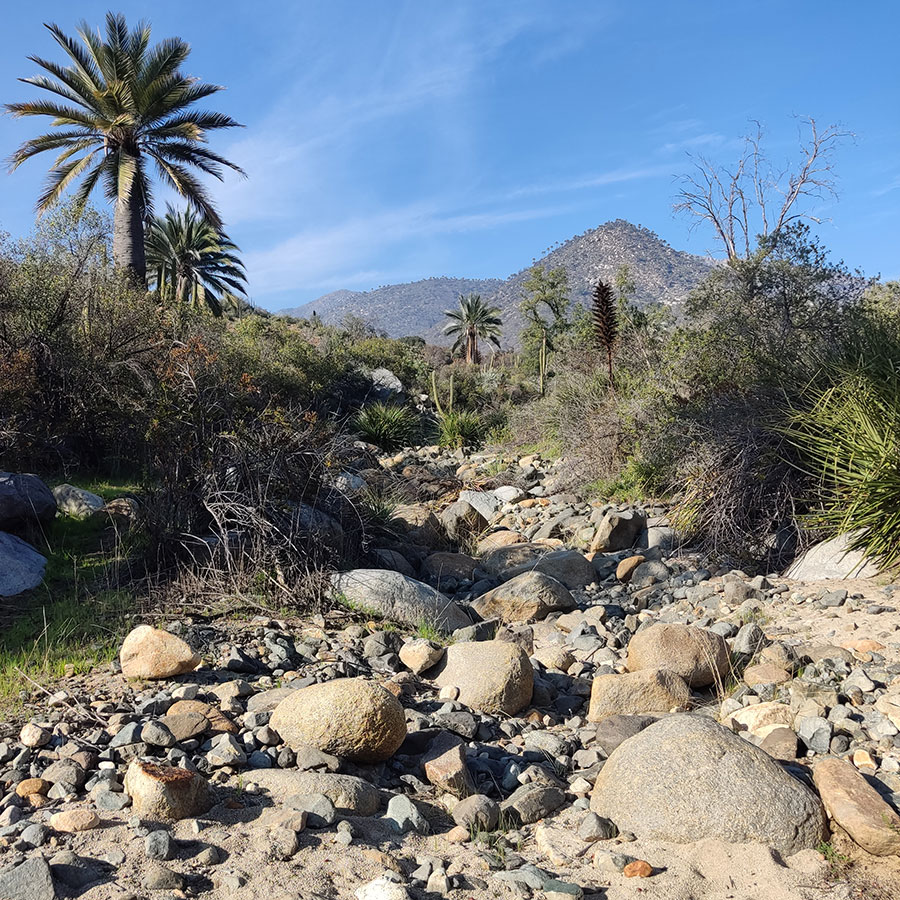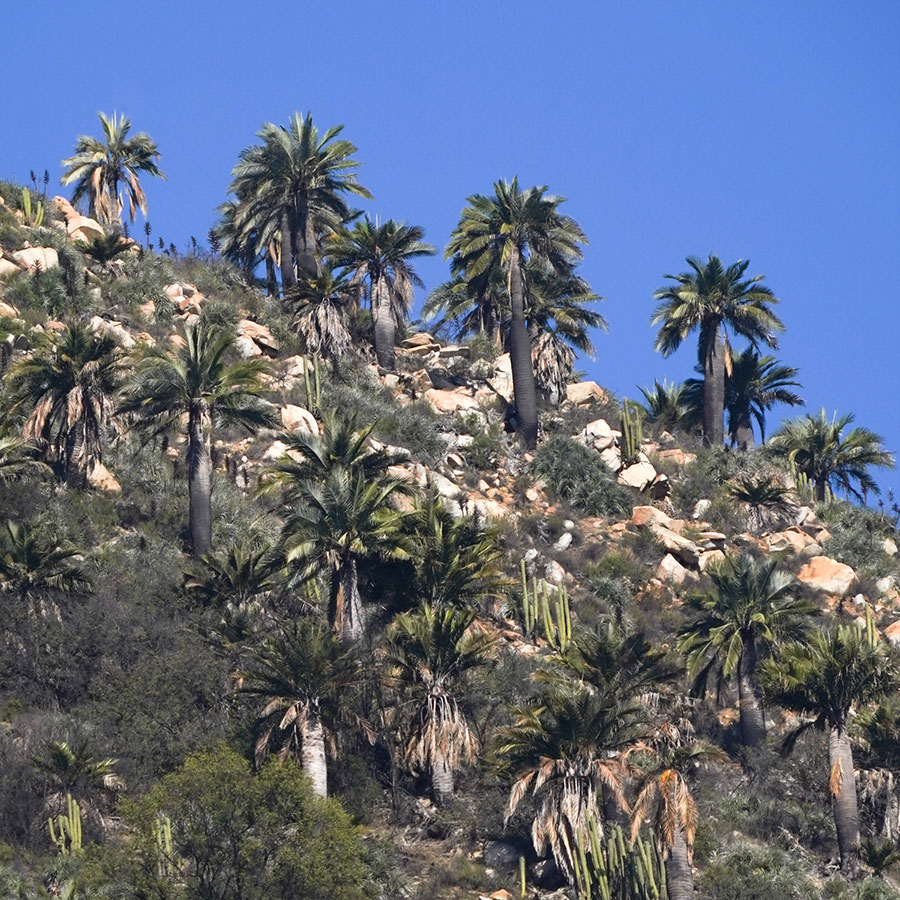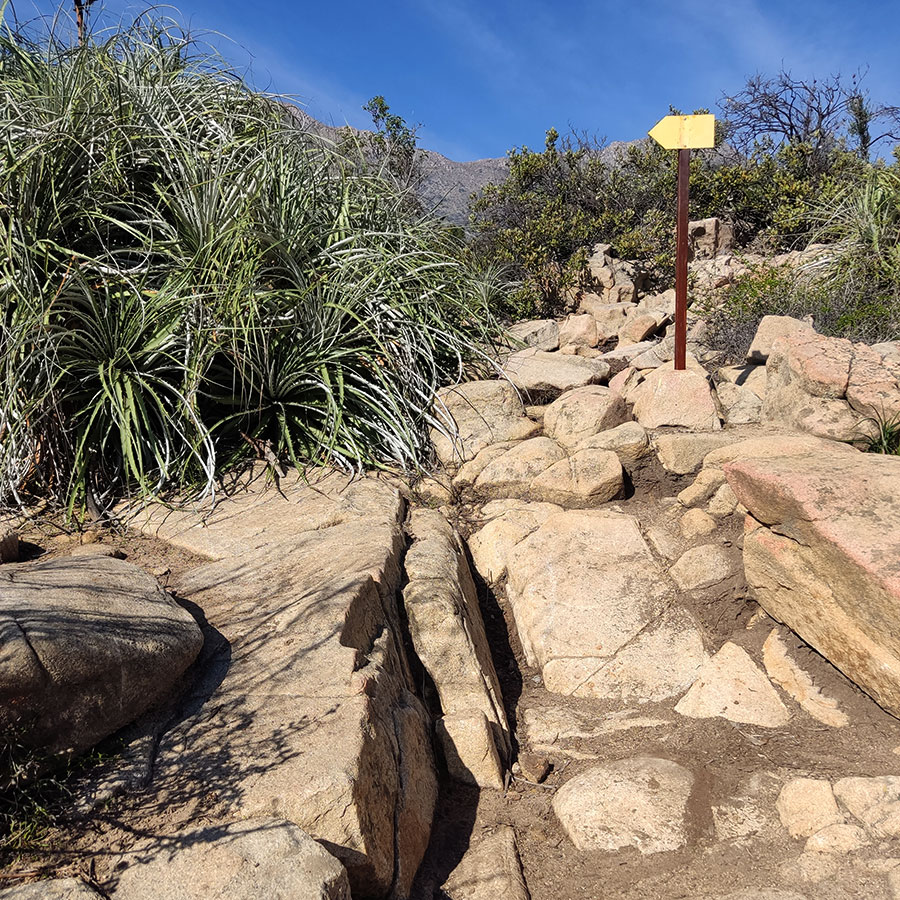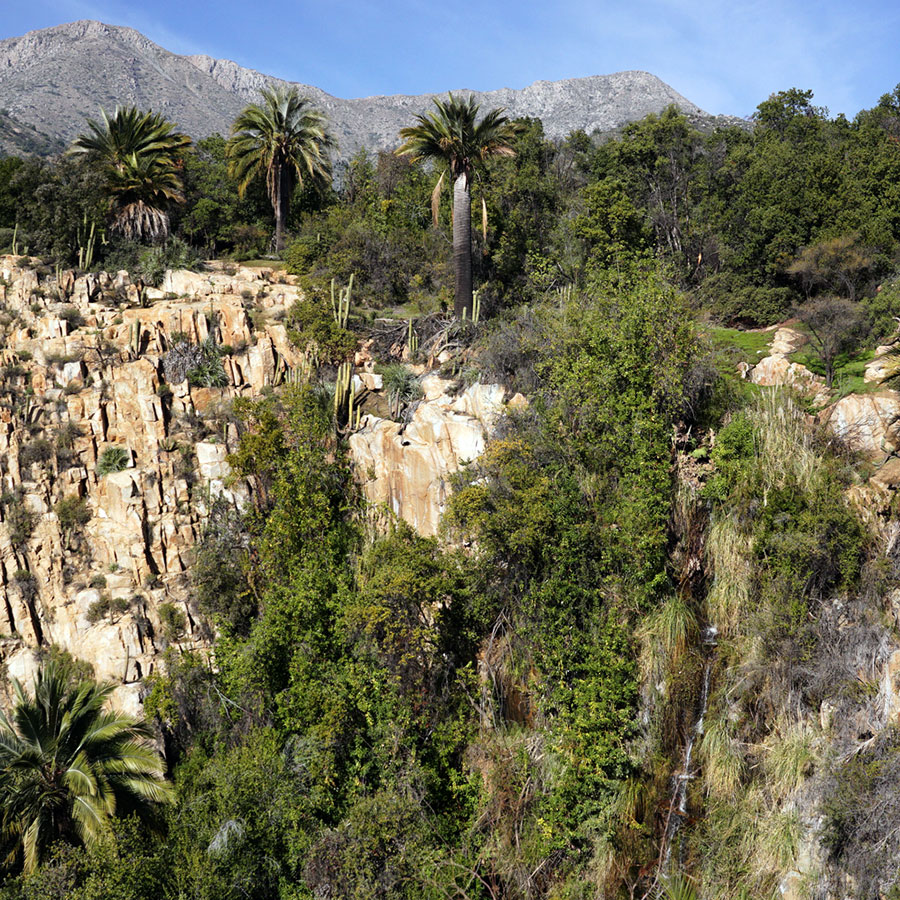Fluvial Plain
El Palmar Circuit - Item N°12
Around 1634 the owner of the lands in the Ocoa Valley was Francisco Pedraza, a powerful Chiloé encomendero. His property bordered Llay Llay to the northeast, Quillota to the west, Olmué to the south, and Caleu to the east. He had hemp plantations to make rigging and ropes to supply the army that battled on the Biobío frontier. It also had a vineyard, mill, tannery, cattle, oxen and mules.
At the beginning of the 18th century, the estancia was acquired by the Jesuits. Its main houses were located at the foot of Cerro La Calavera, and they cultivated a vineyard with more than 8,000 plants. They managed a considerable amount of livestock, including 1,791 sheep, 689 cattle and another 357 animals, including horses, mules and donkeys. They harvested between 600 and 800 bushels of coconuts per year, which were highly valued by the crews of the ships.
After the expulsion of the Jesuits in 1767, the property was leased and remained practically intact until 1822, when it was divided into five subdivisions: Ocoa, Vista Hermosa, Rabuco, Maitenes de Ocoa and Las Palmas. The latter became the Ocoa sector of La Campana National Park in 1965.
In the 19th century and the first half of the last century, the productive infrastructure implemented by the Jesuits was preserved, maintaining the raising of cattle, the exploitation of vineyards, the beneficiation of gold with mills and wash houses, the old hemp plantations to make rigging and the use of coconuts from the palms.
The productive situation changed strongly with the Agrarian Reform of the 60s and 70s, which led to the expropriation of estates and the subdivision of properties, tenants were given a plot of land in the plan, and in addition, a right to a hill. After the reform was reversed in the following years, many of these properties and rights of the tenants were acquired by outsiders, giving rise to a new population mosaic during the 21st century.


